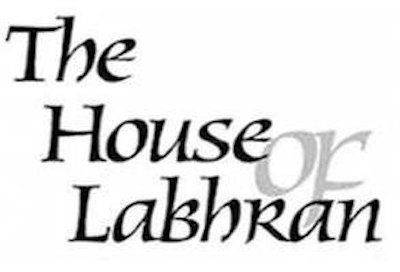Vintage 1948 H&I Edinburgh Silver Sgian Dubh





Vintage 1948 H&I Edinburgh Silver Sgian Dubh
Vintage 1948 Hamilton & Inches Edinburgh Silver Sgian Dubh
Vintage 1948 Hamilton & Inches Edinburgh silver sgian dubh with blackwood carved hilt in a basket weave pattern. The top is mounted with a citrine stone. The silver is in the form of engraved celtic knot work. The scabbard is also mounted with pierced celtic knot silver mounts.
In good vintage condition.
Hallmark - Hamilton & Inches - Date letter S - 1948
Size approx
Hamilton & Inches was founded in 1866 on Princes Street in Edinburgh by Sir Robert Kirk Inches and his uncle James Hamilton. On 1 June 1866 Hamilton & Inches registered their hallmark with the Edinburgh assay office. In 1903 Robert Inches helped found the Edinburgh Association of Goldsmiths, Silversmiths and Watchmakers, ‘to prevent firms from selling ‘shoddy’ goods and protecting consumer interest’.
Following Robert's death, the company passed to his son, Edward James Inches. In 1952 the company relocated from Princes Street to their present home of number 87 George Street.
The company has held a royal warrant to the British monarch as goldsmiths, silversmiths, clock & watchmakers for over 120 years.
We have a passion for fine antique and collectible sgian dubh’s and Highland dirks. We source antique Jacobite styles of the 18th century, high Victorian styles and regimental patterns of WW1 – WW2. Our sgian dubh and dirk range make wonderful addition to any Highland dress collection.
Our range of fine hallmarked sterling silver skean dubh’s made by the Highland regimental silversmith and Royal silversmiths Hamilton & Inches in Edinburgh, Scotland. We can engrave many of these skean dubhs for presentation gifts.
Vintage antique Sgian Dubhs – Scottish sgian skean dubhs from Scotland – The Gaelic sgian dubh meaning “black knife”, where “black” may refer to the usual colour of the handle of the knife. It is also suggested that “black” means secret, or hidden, as in the word blackmail. This is based on the stories and theories surrounding the knife’s origin and the meaning of “Dubh” in Gaelic, in particular those associated with the Highland custom of depositing weapons at the entrance to a house prior to entering as a guest. Despite this practice, a small twin edged-dagger, (‘Mattucashlass’), concealed under the armpit, combined with a smaller knife, (‘Sgian dubh’).
